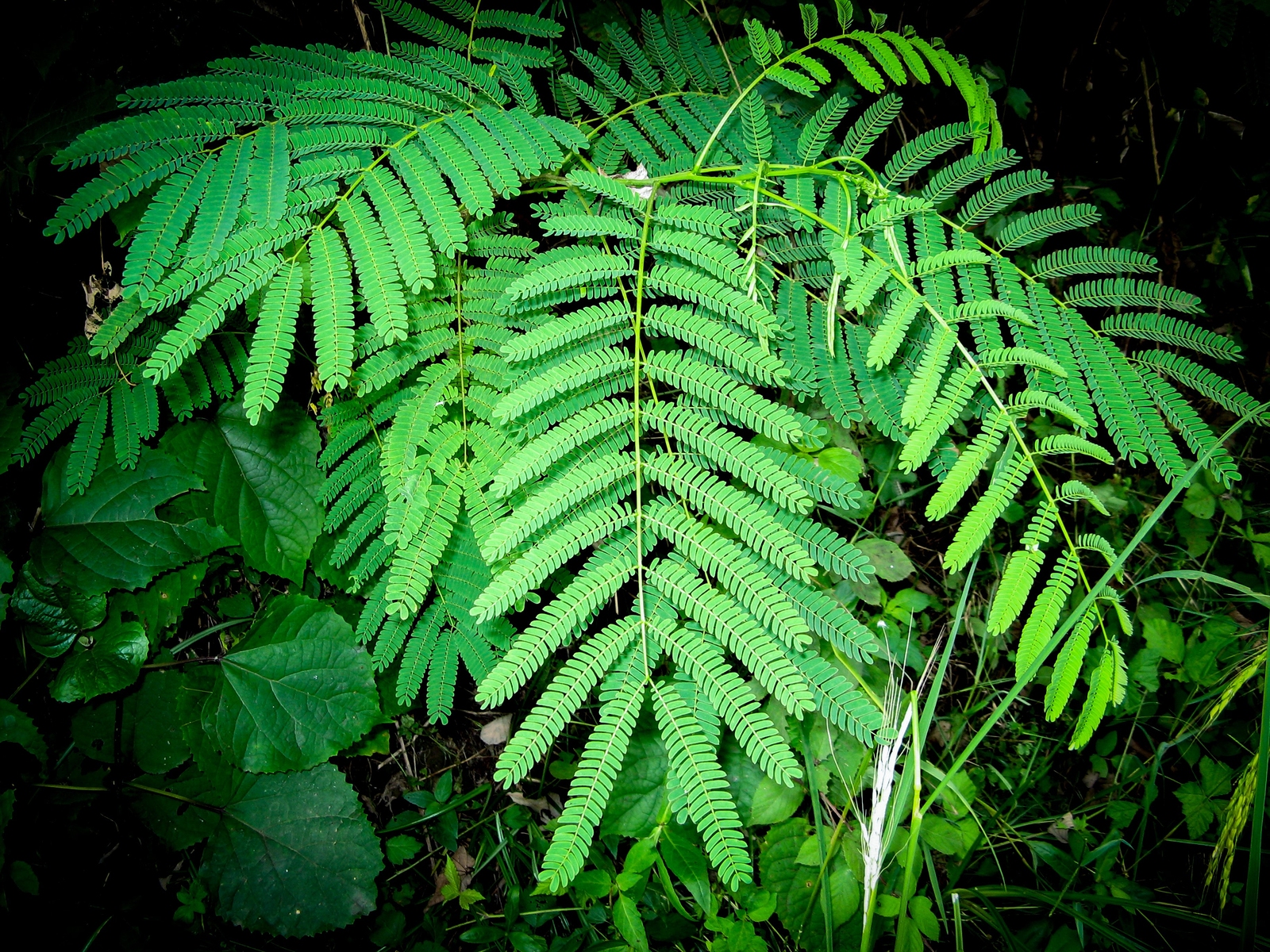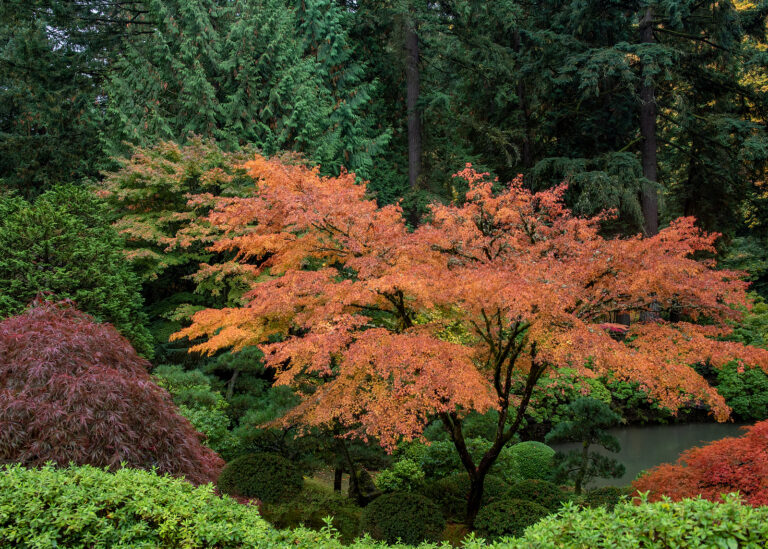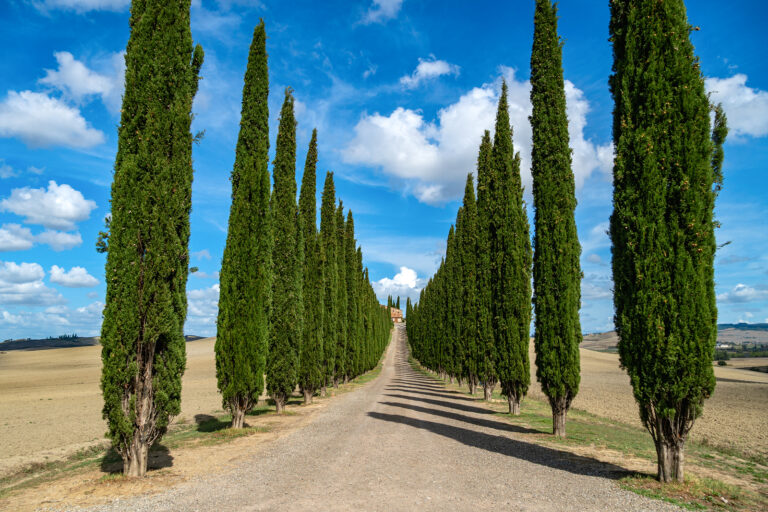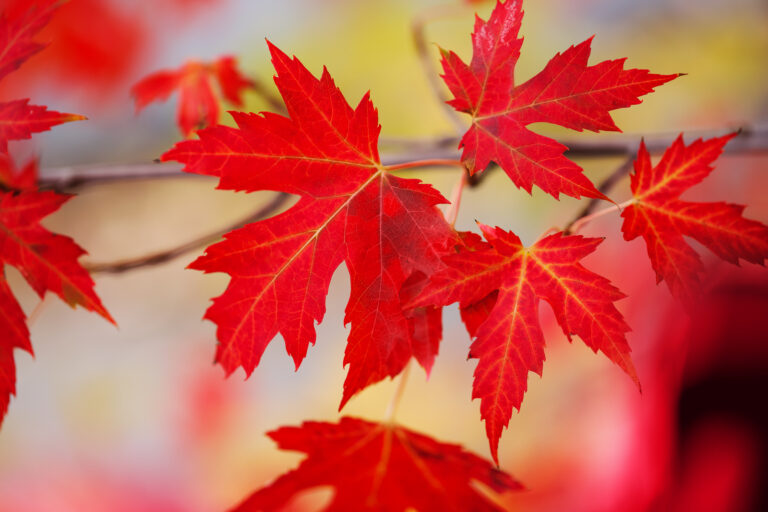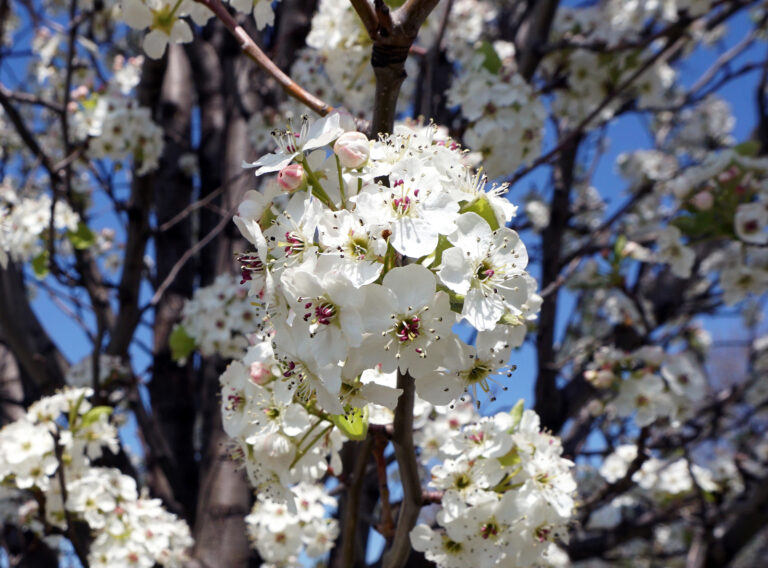How to Grow Honey Locust – Gleditsia
Honey Locust is the common name for the genus Gleditsia, a member of the Pea Family. Honey Locusts are deciduous trees, often spiny, which are used for shade trees and other ornamental purposes.
Sweet Locust, Gleditsia triacanthos grow to 70 feet (21m); the trunk and branches are armed with stout, rigid, 3-forked spines 3 to 4 inches (7.6-10cm)long. The leaves are feathery form and finely-divided with inconspicuous greenish flowers followed by flat, glossy brown or black pods.
Sweet locust is used for street and park planting; plants can also be severely pruned to form hedges.
Honey Locust is propagated by seeds sown in spring after being soaked in warm water.
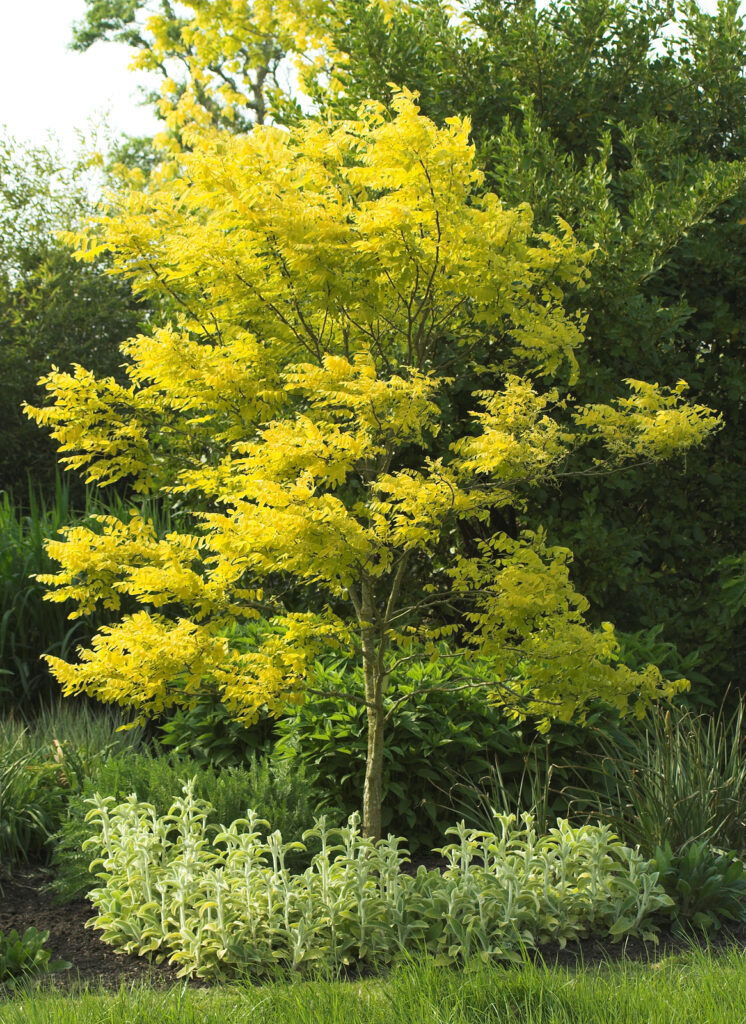
Get to know Honey Locust
- Plant type: Deciduous tree
- Growing Zones and range: Zones 4 to 8
- Hardiness: Hardy
- Height and spread: Grows to 100 feet (30m) tall and 60 feet (18m) wide
- Foliage: Feathery, pinnately compound leaves
- Flowers: Greenish flowers borne in clusters; female flowers are followed by long scimitar-shaped brown pods
- Bloom time: Late spring
- Uses: Specimen tree, shade tree
- Common name: Honey Locust
- Botanical name: Gleditsia triacanthos
- Family: Fabaceae
- Origin: North America
Where to plant Honey Locust
- Grow honey locust in full sun.
- Plant honey locust in loamy, humus-rich, well-drained soil.
- Gleditsia will adapt to almost any soil, wet or dry
- Gleditsia prefers a soil pH of 6 to 8.
- Gleditsia performs poorly where summers are hot and humid.
When to plant Honey Locust
- Plant honey locust in winter or spring.
Planting and spacing Honey Locust
- Space Honey Locust 35 to 70 feet apart; plants grow 35 to 70 feet tall and wide.
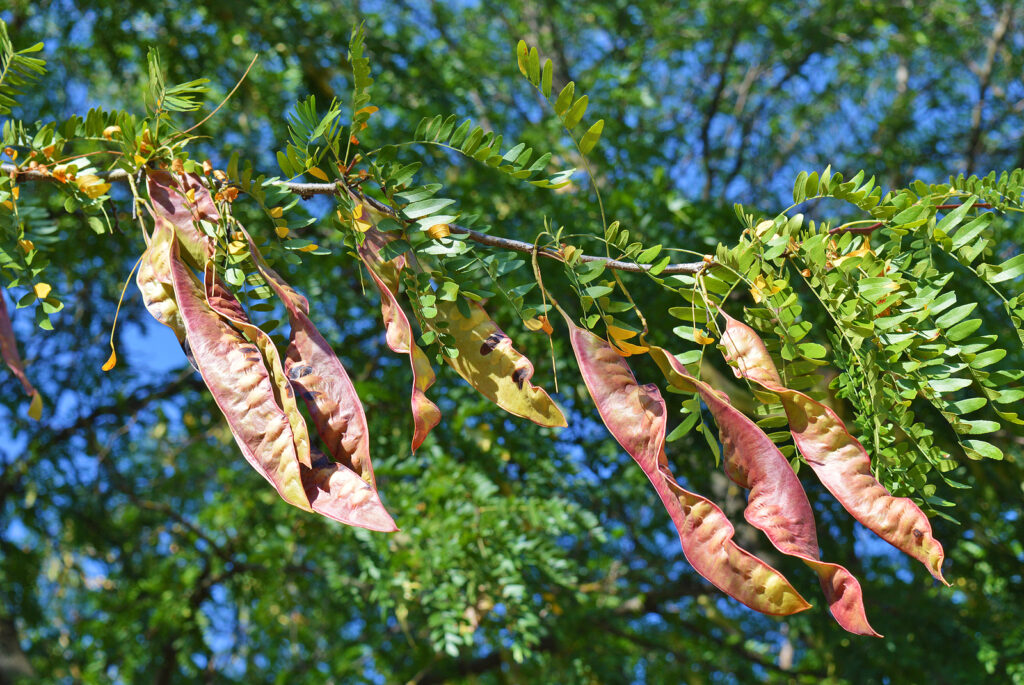
How to water and feed Honey Locust
- Keep the soil evenly moist for best growth.
- Fertilize with aged compost spread to the drip line at least once a year.
Honey Locust care
- Mulch around honey locust with aged compost to help keep the soil evenly moist.
- Prune honey locust in fall as needed.
Honey Locust common problems
- Thick, sharp thorns can be dangerous; choose a thornless cultivar.
- Self-sown seedlings can be a nuisance; plant male cultivars.
- Honey locusts are susceptible to many pests and diseases; keep plants healthy to avoid attacks by pests and diseases.
- Honey locust is susceptible to leaf spot, mildew, and rust.
- Webworms, spider mites, and borers can attack honey locust.
Honey Locust propagation
- Graft in late winter or spring.
- Sow sacrificed seed in spring.
Honey Locust varieties to grow
- Gleditsia triacanthos var. inermis is a broadly spreading thornless variety; grows 25 to 70 feet tall and wide; delicate, lacy foliage; offers light shade yellow fall color; seedpods can be a nuisance; cultivars include ‘Sunburst’ a thornless cultivar with golden yellow young leaves, and ‘Moraine’ a thornless male cultivar that is partially resistant to webworm, ‘Christie’ is fast-growing and rounded with horizontal branching.

